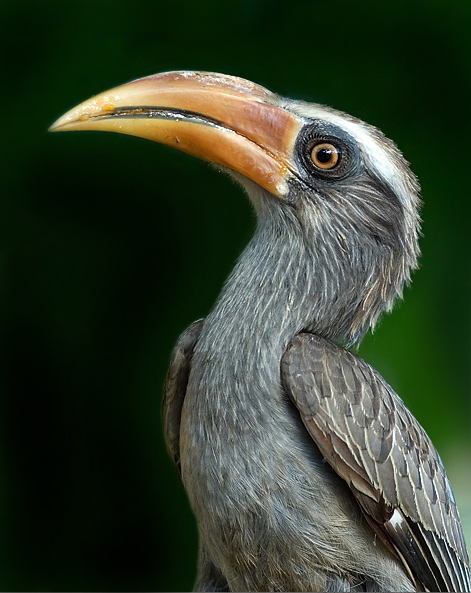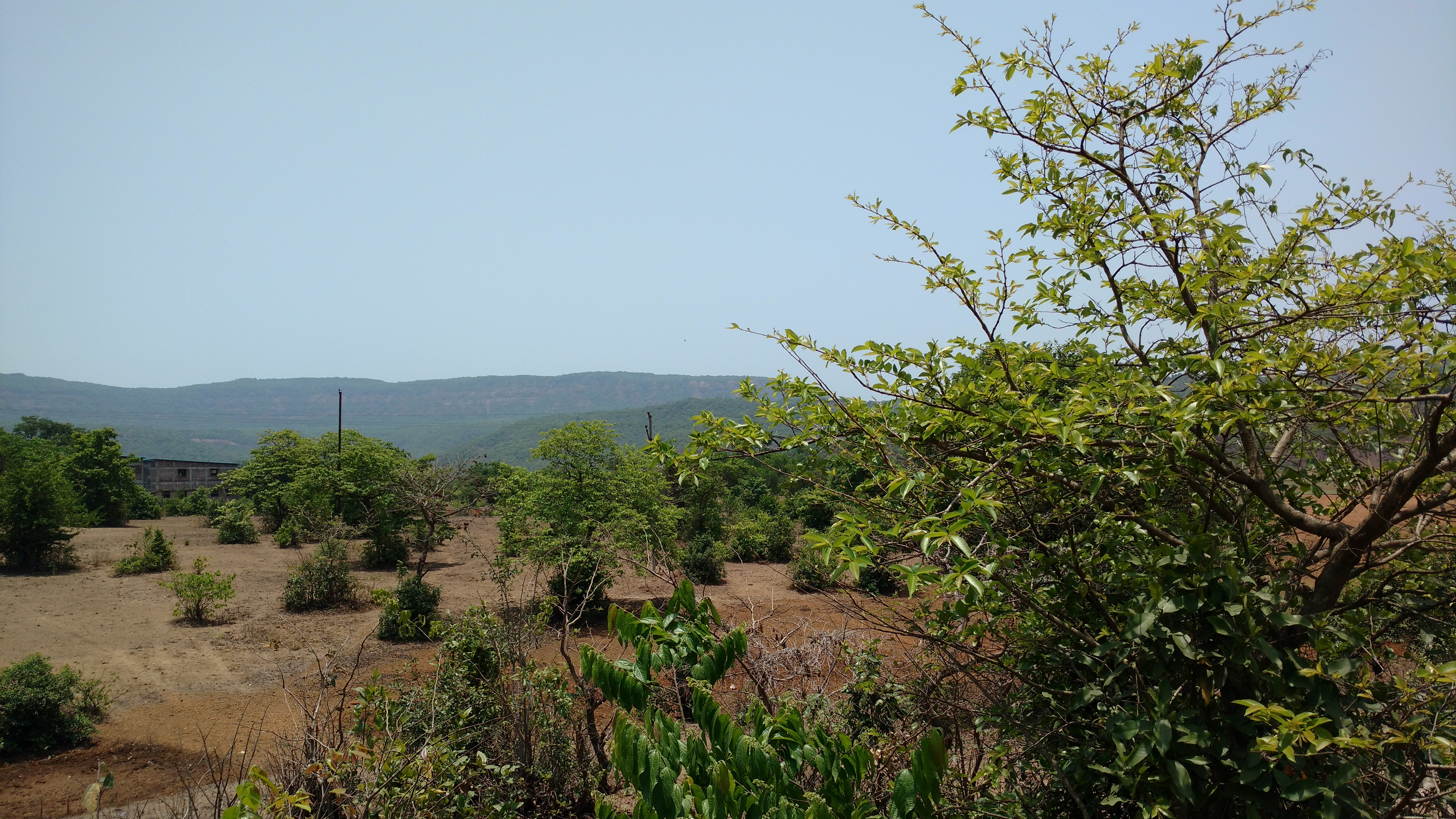Radhanagari Wildlife Sanctuary stands as a remarkable testament to Maharashtra's commitment to ecological preservation. Nestled in the Kolhapur district, this sanctuary emerged from visionary conservation efforts that began in the late 1950s, initially established as the Dajipur Wildlife Sanctuary with a primary mission of protecting the region's diverse wildlife, particularly the majestic Indian bison or gaur.
The sanctuary's genesis is deeply intertwined with the construction of the Radhanagari Dam in the 1950s, which necessitated comprehensive environmental management and catchment area protection. This strategic approach not only ensured water resource development but also created a protected habitat for numerous species indigenous to the Western Ghats region.
Historical narratives reveal fascinating connections between the sanctuary and local royal heritage. Chhatrapati Shahu Maharaj, the influential king of Kolhapur, was known to frequent these forests for hunting, adding a unique socio-political dimension to the landscape's story. The formal notification of Radhanagari Wildlife Sanctuary in 1985 marked a significant milestone in Maharashtra's conservation journey, solidifying institutional commitment to preserving this ecological treasure.
Beyond its ecological significance, the sanctuary represents a profound cultural landscape. Sacred groves or devrais within the sanctuary reflect deep-rooted community conservation practices, demonstrating how local traditions have historically contributed to environmental preservation. These protected spaces are not merely botanical reserves but living repositories of cultural memory and ecological wisdom.
The sanctuary's biodiversity is extraordinarily rich, hosting an impressive array of flora and fauna characteristic of the Western Ghats. Medicinal plants, diverse wildlife species, and numerous bird varieties create a complex ecological tapestry that attracts researchers, nature enthusiasts, and educational institutions. School excursions and research projects frequently utilize this natural laboratory to explore intricate ecosystem dynamics.
Conservation efforts have been pivotal in the sanctuary's management. Early proposals from the 1960s highlighted growing concerns about deforestation and human impact on wildlife habitats. The Maharashtra Forest Department has played a crucial role in implementing strategic conservation measures, balancing ecological preservation with sustainable management practices.
Visitor experiences at Radhanagari are carefully curated to minimize ecological disruption. Simple, environment-integrated rest houses and accommodations allow visitors to immerse themselves in the sanctuary's natural beauty without overwhelming the landscape. Guided wildlife sightings, nature trails, and controlled tourism ensure that human interaction remains respectful and educational.
The sanctuary ultimately represents more than a protected area; it is a living narrative of ecological resilience, cultural heritage, and human-nature interconnectedness. Its continued preservation serves not just as a wildlife refuge but as a critical reminder of the delicate balance required to maintain biodiversity and environmental sustainability in the face of ongoing developmental challenges.







